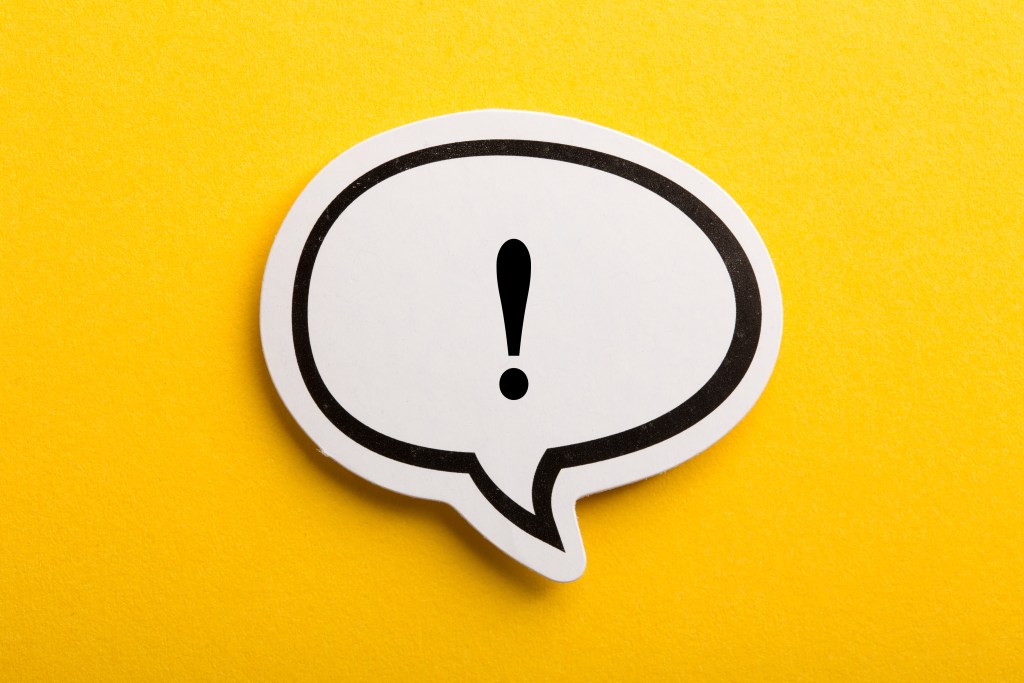At a glance
Dry fasting involves abstaining from both food and water for a set period and has been practiced for centuries for spiritual and health reasons. While short-term dry fasting may support weight loss and promote metabolic balance, it can also lead to dehydration and other serious health issues if not planned carefully or practiced for extended periods.
Dry Fasting, rooted in ancient spiritual traditions, is a method as old as it can be challenging.
However, when approached correctly, this age-old technique can unlock a multitude of health advantages.
Let’s look at the potential health benefits, risks, and safety concerns associated with practicing an advanced fasting method such as a dry fast.
What is dry fasting?
Dry fasting, also known as absolute fasting, is a technique that involves total calorie restriction as well as abstaining from all liquids.
Soft vs. hard dry fasting
There are two variations of dry fasting: soft and hard. The main difference between these two techniques is the amount of water intake and exposure allowed during the fast.
A soft dry fast allows for certain types of water exposure primarily in relation to hygienic habits such as taking a shower or brushing teeth, whereas a hard dry fast is much more restrictive, prohibiting all water exposure during the fasting period.
Watch this video to learn more about the risks and benefits of dry fasting.
Benefits of dry fasting
Dry fasting is a popular method to lose weight and has been shown to offer several other health benefits.
A 2022 study published in Metabolism Open focused on individuals with metabolic syndrome, a condition marked by insulin resistance, elevated blood pressure, and abdominal obesity, who engaged in Ramadan fasting.1
Comparative blood samples after a four-week fasting period demonstrated improvements in various health markers, including:
- Blood pressure
- Cholesterol levels
- Inflammation
- Insulin resistance
- Liver function
- Regulation of circadian rhythms
- Waist circumference
- Body mass index
- Weight loss
Furthermore, research published in Nature on dusk to dawn dry fasting also highlighted benefits such as improved tumor suppression, DNA repair, and immune system regulation.2
Dry fasting also significantly boosts autophagy, a crucial cellular recycling process that promotes cell survival and supports cellular function.
“Fasting is one of the best ways to trigger autophagy, which helps your cells take out the trash and get rid of all the extra metabolic waste,” explains Dr. Berg. “Autophagy has impressive health benefits that are very similar to sleeping as it promotes the detoxification of your cells.”

How to start a dry fast
When first experimenting with fasting of any kind, it’s best to slowly ease your way into your chosen fasting period.
By combining dry fasting with other fasting methods, such as intermittent fasting, you can tailor your fasting routine to suit your individual needs and health goals.
Intermittent fasting is a type of fasting that alternates between periods of fasting and time-restricted eating windows.
The 18:6 fast is a popular form of intermittent fasting that involves fasting for an 18-hour period, followed by a six-hour eating window. However, this is the norm for standard fasting, not dry fasting.
If you are new to fasting, experiment with intermittent dry fasting for a few hours and pay attention to how your body reacts.
Note how you feel after your first few fasting sessions, and once you get comfortable, transition into a 12:12 or 14:10 intermittent dry fasting period.
Evidence shows that even a 14-hour fast can have profound benefits, including improvements in immune defenses and cognitive function.3

Dry fasting risks
Although fasting has various impressive health benefits, abstaining from both food and water can pose several risks, particularly if extended beyond short periods.
Here are possible side effects and complications of dry fasting.
Possible side effects
Common side effects of dry fasting include:
- Dehydration
- Dizziness
- Headaches
- Irritability
- Low blood pressure
These symptoms primarily arise from a lack of hydration, which can quickly impair basic bodily functions.
Potential complications
Extreme dehydration, associated with prolonged dry fasting, can lead to more serious and life-threatening complications, such as:
- Cardiovascular issues
- Coma
- Heatstroke
- Kidney damage
- Low blood volume shock
- Seizures
- Severe electrolyte imbalances
- Death
If you experience any symptoms indicative of severe dehydration during or after a fast, it’s crucial to seek medical care immediately.
Who shouldn’t do dry fasting?
Fasting isn’t for everyone, as the risks associated with fasting can outweigh the benefits.
Here are some people who shouldn’t practice fasting:
- Pregnant or nursing women
- Babies
- Small children
- Those with eating disorders
- Underweight people
- Individuals with neurodegenerative disorders

Dry fasting safety tips
A successful fast is dependent on proper planning.
Here are a few safety and preparation tips that help you achieve a successful dry fast.
1. Start small
Jumping full force into an advanced fasting method like an 18 or 20-hour dry fast, especially for fasting beginners, can make the process feel a lot harder and cause common fasting side effects such as irritability or fatigue.
Instead, aim to start with a 10- to 12-hour fast and gradually increase your fasting period.
2. Plan nutritious meals for your refeed
What you eat before and after your fast is going to make or break your fasting success.
A meal plan focused on Healthy Keto® that includes healthy fats, non-GMO organic produce, grass-fed beef, wild-caught fish and game meat, organic full-fat dairy, and pasture-raised eggs will help you feel more satisfied and provide the nutrients your body needs to replenish and refuel after your fast.
Research published in Nutrients shows that the ketogenic diet is associated with several positive health effects, such as weight loss, mental clarity, improved energy, and strong immune defenses.4

3. Rehydrate effectively
One of the most effective ways to rehydrate is not only to drink water but to supplement with a zero-calorie electrolyte powder.
Electrolytes are vital minerals essential for neurological function and proper hydration and fluid balance within cells.
When practicing dry fasting, It’s critical to replenish these minerals as electrolytes are lost at a higher rate during fasting periods.
Using a sugar-free electrolyte powder is an excellent way to restore electrolyte balance.
5. Consult your healthcare professional
Considering the stringent nature of a dry fast, even healthy adults run the risk of dehydration, and it’s crucial to carefully evaluate your health status for risk factors that may make fasting unsuitable.
It’s highly recommended that all individuals, including healthy adults, seek professional guidance before starting a dry fast.
Key takeaways
- Dry fasting is an advanced fasting method that restricts both food and water to promote weight loss, autophagy, and cellular repair.
- Key risks of dry fasting include dehydration, dizziness, low blood pressure, and other potentially serious health complications.
- Proper rehydration, electrolyte replacement, and nutrient-rich meals before and after dry fasting are essential to minimize health risks.
- Dry fasting isn’t suitable for pregnant or nursing women, young children, individuals with eating disorders, underweight people, or those with neurodegenerative disorders.
FAQ
1. Are dry fasts healthy?
Dry fasting has many potential benefits but should be approached with caution. It’s an advanced fasting method requiring careful planning and preparation to maximize benefits and minimize side effects.
Long-term dry fasts carry a high risk of serious complications and are generally not recommended.
2. How long can you do dry fasting?
Most research on dry fasting has been in the context of Ramadan, a religious fast that involves dry fasting for around 12 to 14 hours.
Due to the enhanced risk of severe dehydration-related health complications, it’s not recommended to exceed this amount of time.
3. How do you start a dry fast?
It’s best to slowly ease into your chosen dry fasting schedule.
Start by integrating dry fasting with an intermittent fasting schedule such as 12:12, which refers to dry fasting for 12 hours, followed by a 12-hour eating window. Once you’re comfortable with this routine, you can gradually extend the fasting periods.
4. Who shouldn’t do dry fasting?
Dry fasting isn’t recommended for individuals with eating disorders, pregnant or nursing women, young children, babies, or those who are underweight or have neurodegenerative disorders.
5. What are the benefits of dry fasting?
There are many potential benefits of short-term dry fasting, especially for individuals suffering from chronic metabolic diseases. Fasting is associated with positive effects on body weight, DNA repair, and insulin regulation.
Additionally, fasting has been found to lower low-density lipoprotein, also known as bad cholesterol, strengthen the body’s immune system, and promote autophagy.
6. What is soft dry fasting?
Soft dry fasting is a fasting method that restricts water intake but permits water exposure for self-care, such as brushing teeth or bathing.
7. What is hard dry fasting?
Hard dry fasting is the strictest dry fasting method and means you’re not exposing any part of your body to water at all.
8. What do you eat during dry fasting?
No food or liquid consumption is allowed during a dry fast. However, there are certain foods and beverages that are recommended both prior to and after a dry fasting period.
Before and after a fast, aim to replenish electrolytes and eat nutritious meals containing healthy fats to provide your body with ample energy to ensure you get the most benefits out of your fast.
9. Can you take a shower while dry fasting?
Whether or not you can shower on a dry fast depends on the type of dry fasting you are doing. Soft dry fasts allow for water exposure, while hard dry fasts don’t permit showers.
Sources
- http://www.sciencedirect.com/science/article/pii/S2589936822000524#bib23 ?
- https://www.nature.com/articles/s41598-020-73767-w ?
- https://www.sciencedirect.com/science/article/pii/S1874391920300130 ?
- https://www.ncbi.nlm.nih.gov/pmc/articles/PMC8153354/ ?

















